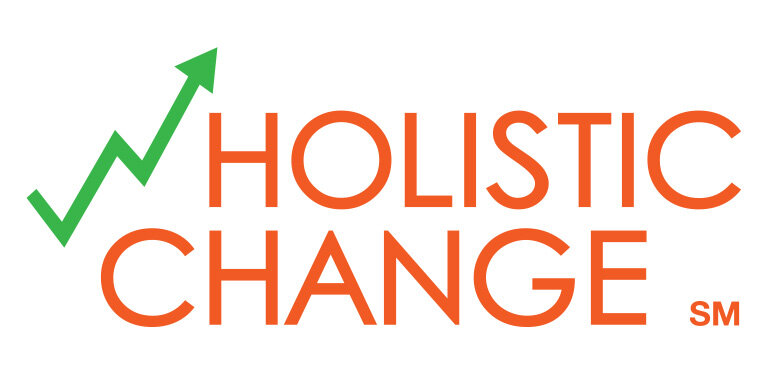The business of change is hard. And the people who are impacted by the change is where the toll is paid. Although leading the change is also hard, it will be much easier if you handle your people with care. They can make or break your change effort.Recognize what it is that is changing about their lives, and the nature of the stress and instability that will cause. Often, the change could be perceived as negative -- their job is being eliminated -- they are being asked to do different work that they are not as interested in -- their job is getting harder because they will now have to do more with less, for example. The change could also be perceived as positive and still could cause stress of a different nature -- new responsibility and visibility can cause the fear of failure at the same time as excitement to take on a new challenge.With recognition of the root cause of the stress, you can strategize on how best to reduce and relieve the stress from the root cause... allowing somebody to take an objective look around them and really understand that it's going to be ok.When people are being displaced, help to relieve their stress and anxiety by putting in place a transition team that will be responsible for helping people to find a new position -- either within or outside of the company. This could be considered to be a nice to have, but your organization doing a good job of helping displaced workers will be a great indication to the workforce that you treat your people well, and even though you may be reducing headcount right now, when you are hiring again, they'll be interested.When people will be taking on new responsibilities and challenges, help to relieve their stress and anxiety by making sure they have received all of the training they need. Assign them a mentor to help them with their career development -- somebody who knows the ins and outs of the organization and who can help them to be successful in their new role.Treat your people well... they are your greatest asset!

